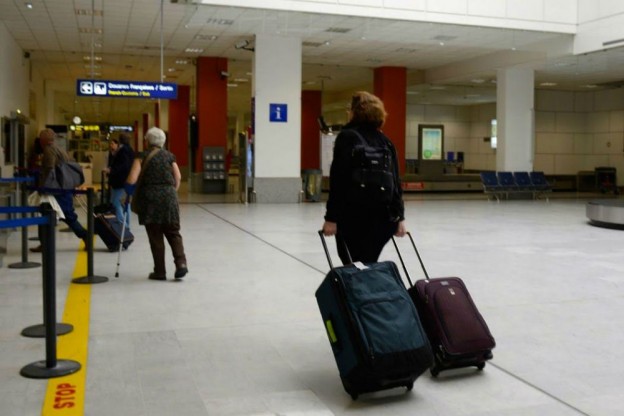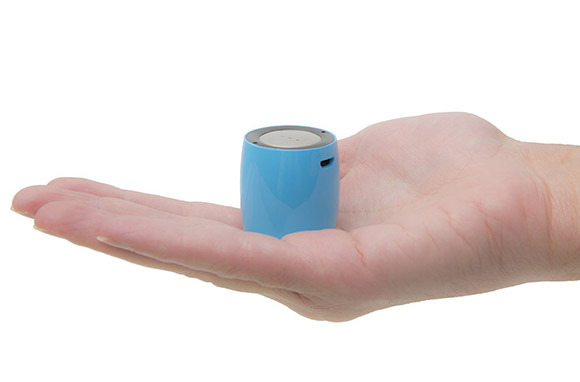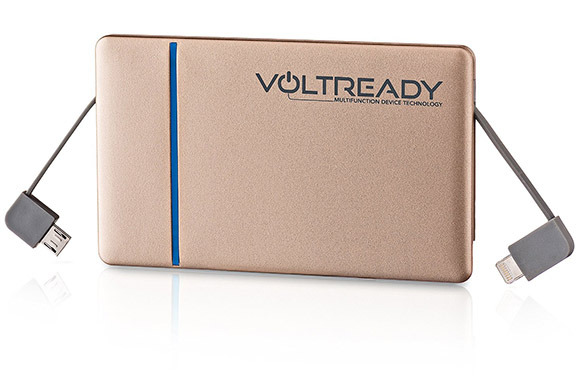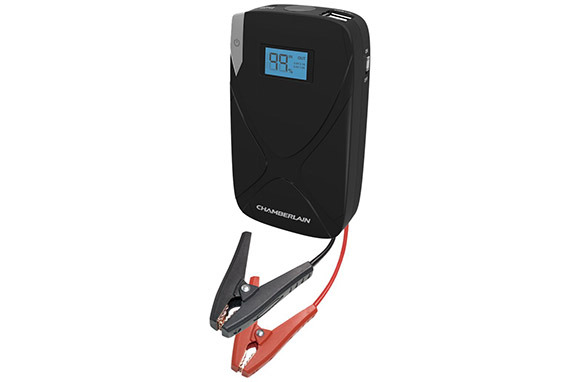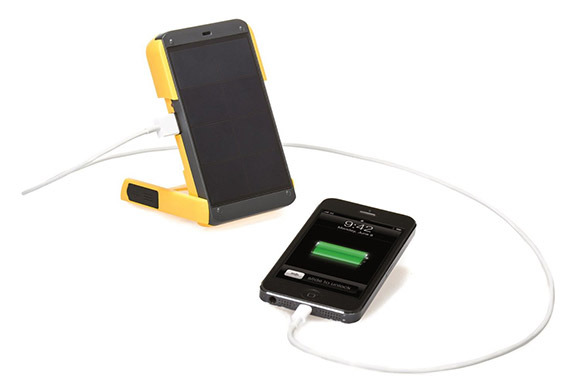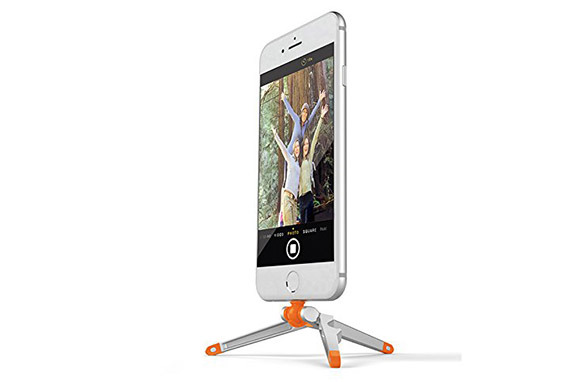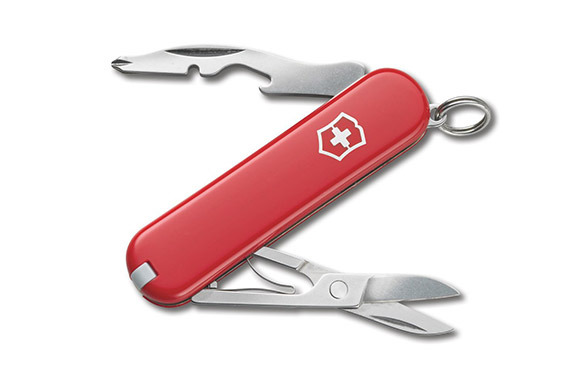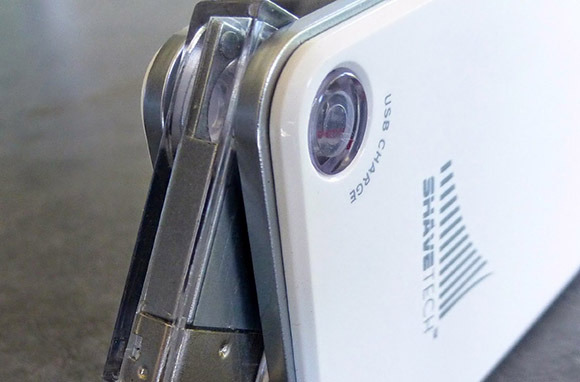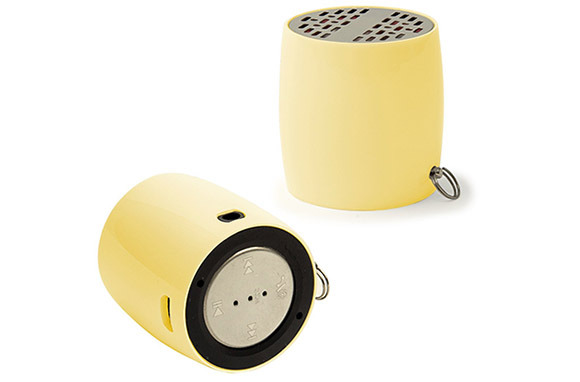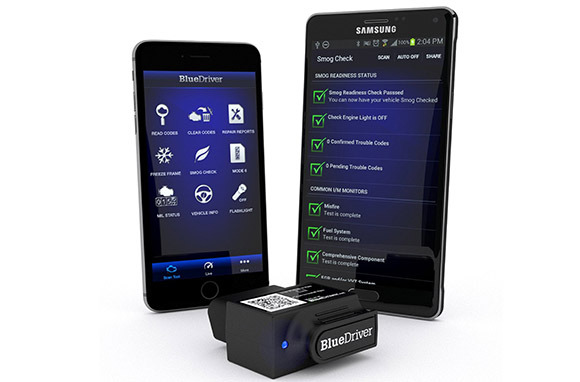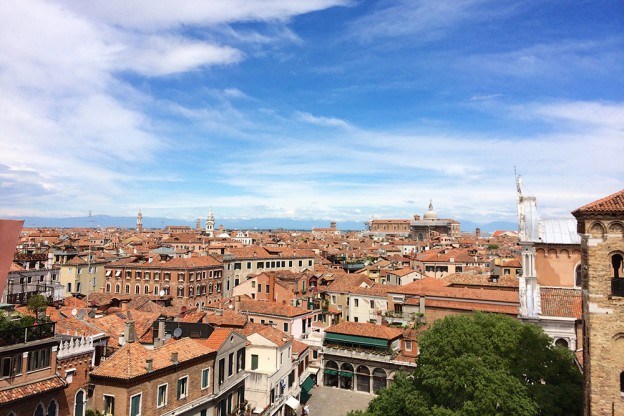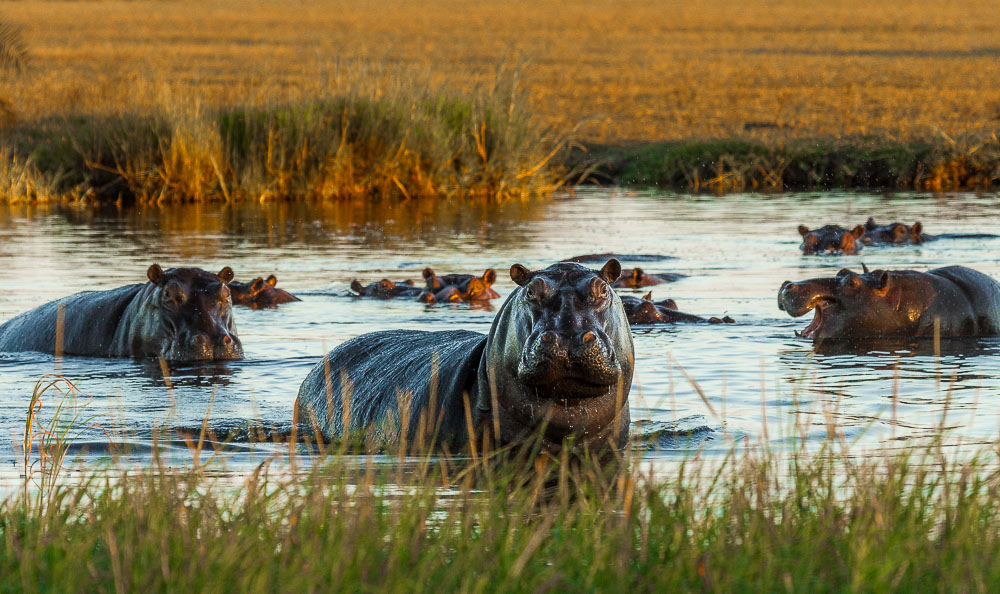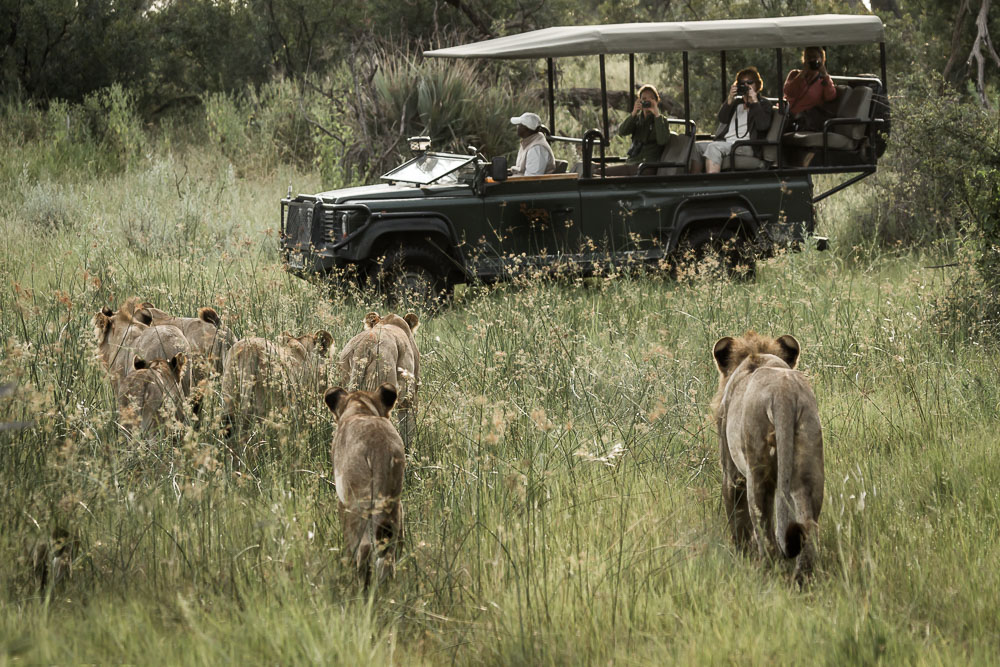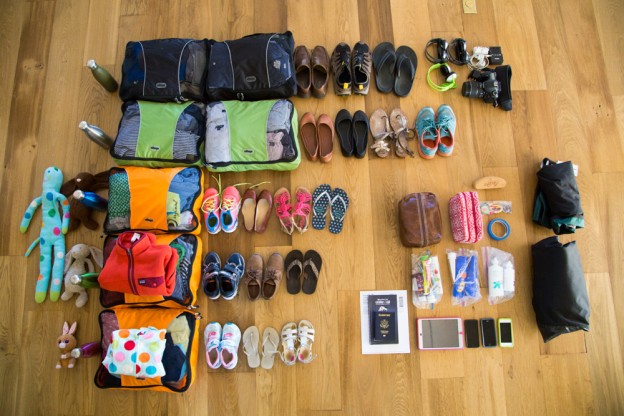Do you ever start a trip with only carry-on luggage but do so much shopping en route that you must check a bag on the return? As just one example, on a Thanksgiving trip that started in the souks of Morocco and ended with Christmas markets and holiday shopping in Austria and Germany, I accumulated so much stuff that flying carry-on-only was no longer possible—certainly not on intra-European flights—and my luggage had to expand.
If you travel with certain types of bags and a few multi-purpose essentials that take up almost no space, it will make it so much easier to transport all those mementos and gifts you pick up along the way.
Here are the five items that have proven most essential to me on countless trips. Consider them the next time you need to pack for a range of climates and activities, and for accumulating stuff as you go:
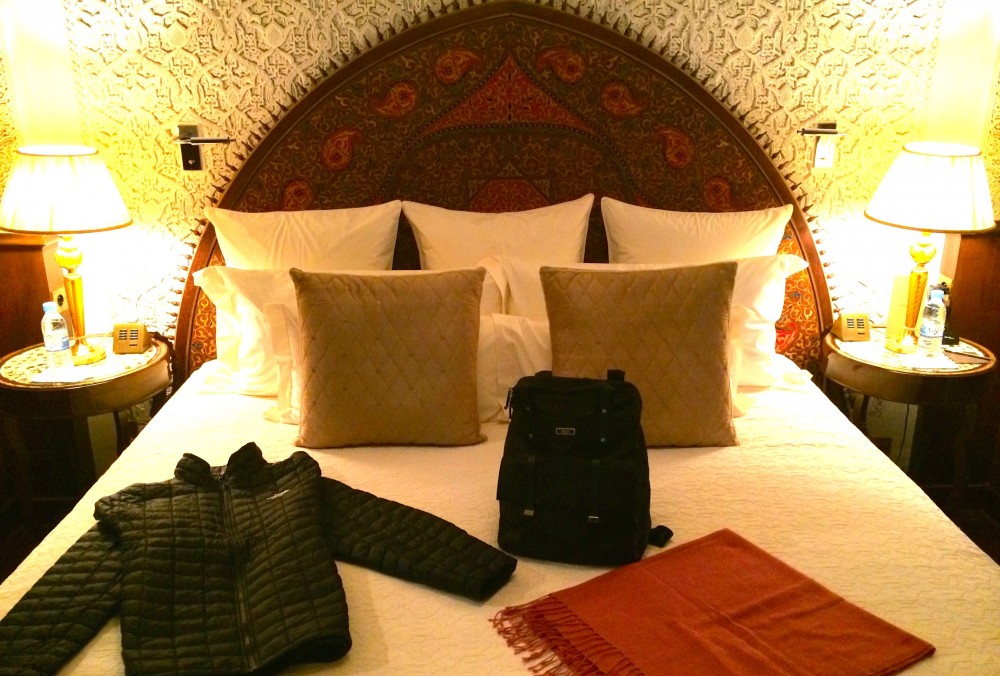
Three of my packing essentials, laid out on my bed at Royal Mansour in Marrakech, make it easy to pack light.
* A thin, lightweight duffel.
I always pack one of these in my carry-on wheelie. That way, if I collect too much stuff during the trip, I can check the wheelie on the return flight and use the duffel as my carry-on. Many duffels will do, but I happen to have a Le Sportsac Large Weekender I’ve used for at least a decade for this purpose.
* An expandable carry-on wheelie.
If you unzip a special zipper that wraps around my TravelPro 22-inch expandable spinner, it magically yields an extra 44 square inches of width.
* A backpack-style handbag with built-in laptop sleeve.
As female business travelers know, the easiest way to limit your luggage to one carry-on and one personal item is if the personal item is a combination handbag-plus-laptop-case. My Tumi Voyageur Backpack is stylish enough for business meetings yet rugged enough for hikes in the rain, keeps my hands free, and keeps all my electronic accessories safe, sound, and organized.
* An ultralight, compressible parka.
Mine happens to be a North Face ThermoBall Jacket. It keeps me toasty warm in wind, rain, and snow, yet does not overheat, and it compresses to a tiny fraction of its bulk, folding into its own pocket, so I can also use it as a pillow on the plane.
* A warm yet lightweight pashmina shawl.
I bought the one you see in the photo on sale at the Frette shop in Florence, Italy, years ago. It doubles as an airplane blanket and a headscarf in the rain (or if I want to pop into a mosque).
For more essentials, here’s the complete Wendy’s Essential Packing List. What items are key to your packing strategy? Share your answers in the comments below.
Be a smarter traveler: Sign up for Wendy’s weekly newsletter to stay in the know. Read real travelers’ reviews, then use the black CONTACT buttons on Wendy’s WOW List to reach out to the right local fixer for your trip.



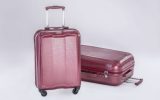




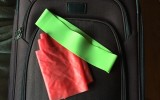

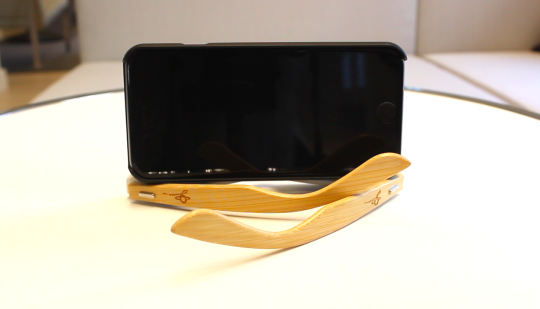 Sunglasses
Sunglasses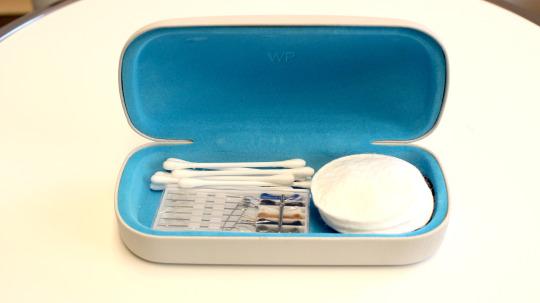 Glasses Case
Glasses Case